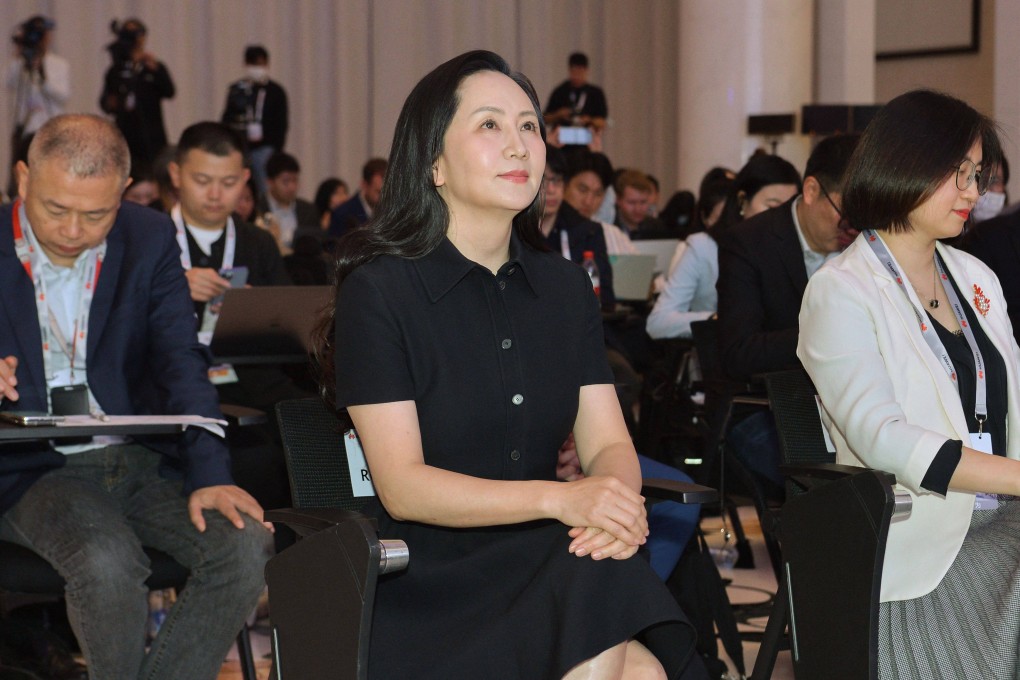Huawei’s Meng Wanzhou faces uphill battle in reversing flat revenue, plummeting profits
- Privately-held Huawei recorded 642.3 billion yuan in sales for 2022, a slim 0.9 per cent growth rate compared to 636.8 billion yuan in 2021
- The Shenzhen-based company attributed the profit plunge to record-high R&D expenditure and investment in new businesses

Huawei Technologies Co chief financial officer Meng Wanzhou faces an uphill battle in finding new growth for the Chinese telecommunications giant as she takes up the top role of rotating chairwoman on Saturday, after the sanctions-hit company reported flat revenue growth and plummeting profits in 2022.
Privately-held Huawei recorded 642.3 billion yuan (US$90.9 billion) in sales for the full year 2022, representing slim 0.9 per cent growth compared to 636.8 billion yuan in 2021, the company said on Friday. The uptick, driven by fast growth in new businesses such as cloud computing, marks an improvement from 2021 when it reported its worst ever sales performance with a 29 per cent plunge in sales.
Net profits, however, fell to 35.6 billion in 2022, shrinking to one third of the 113.7 billion yuan in the previous year when Huawei saw a profit surge from its sale of budget smartphone unit Honor.
“Profit margin is at an historical low for Huawei … due to the decline in revenues and an increase in R&D expenses,” Meng said at the company’s annual report press conference held at its Shenzhen campus on Friday.
Huawei spent a quarter of its revenue on R&D, totalling 161.5 billion yuan in 2022, the highest-ever R&D ratio for the company. Key R&D costs were component replacements, circuit board redesigns, and operating system development.
The number of employees increased to 207,000 in 2022 from 195,000 in the previous year, according to the company.
“In 2022, a challenging external environment and non-market factors continued to take a toll on Huawei’s operations”, said Eric Xu, Huawei’s rotating chairman, at the press conference.
Meng, daughter of founder and chief executive Ren Zhengfei, will face mounting challenges in steering Huawei through US sanctions, and finding new revenue streams, as the company’s income from the once-lucrative smartphone business has shrunk dramatically.